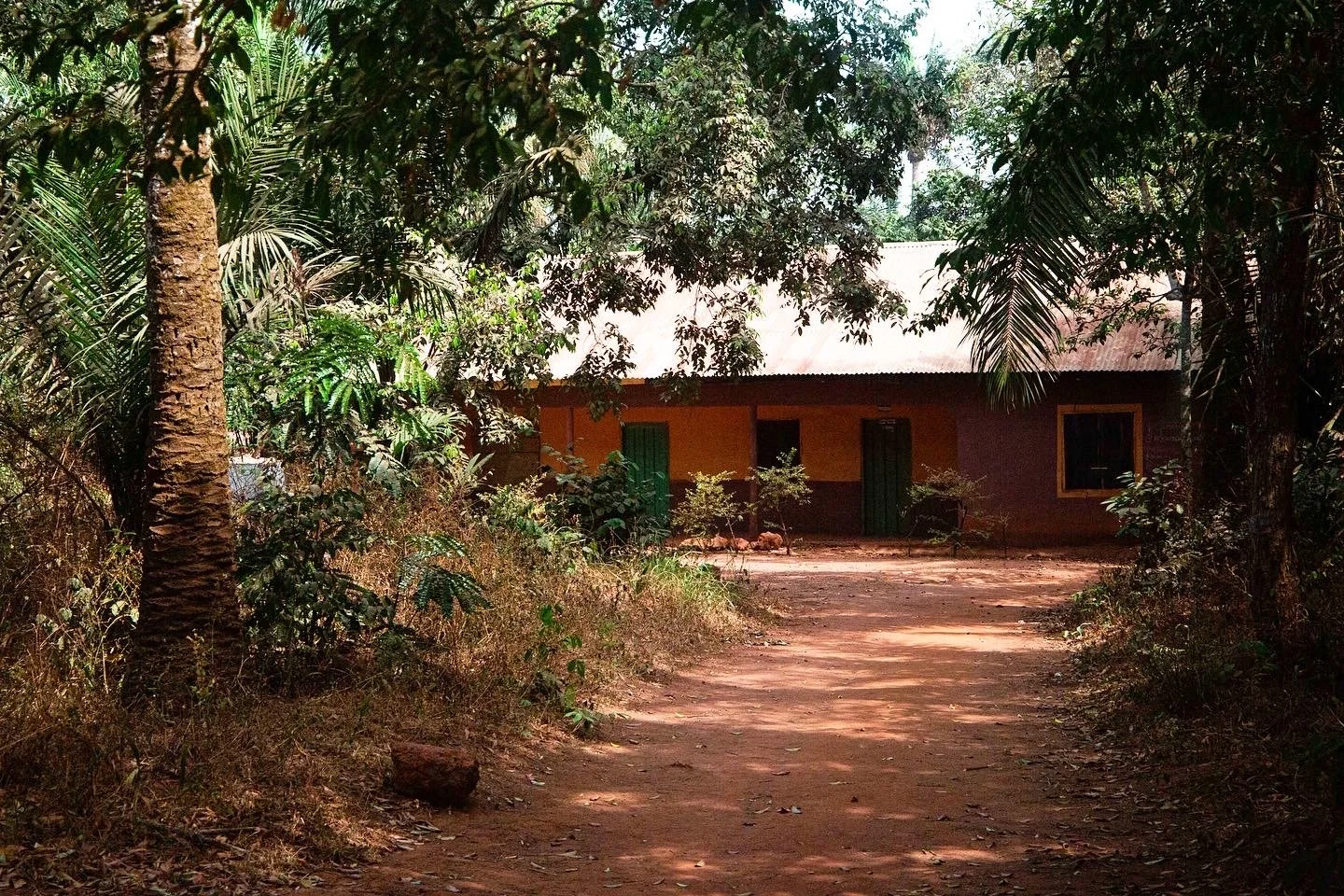“Let’s call him Ahamefuna: let my name/legacy not be forgotten.”

Whom Did He Love? (2022)
Role: Writer, cultural analyst, archival interpreter
Focus: Metabolising the colonial gaze through intimacy and interiority
Summary:
In this essay, I meditate on a 1911 colonial photograph taken in present-day Anambra State, Nigeria. In thinking about the imagined person of “Ahamefuna”, I explore how the anthropological archive becomes a mirror (or lack thereof) for the colonised person’s lineage, and how language and interior life remain the last refuges of freedom.
The essay traces a line from N.W. Thomas (British colonial anthropologist)’s colonial fieldwork to present-day domestic encounters with loss, memory, and the untranslatable worlds that survive empire.
Read more:
https://brooklynrail.org/2022/11/criticspage/Whom-did-he-love/
🌟 Why this resonated:
This piece extends my broader inquiry into the human textures beneath systems and infrastructure—in this case, the infrastructure of knowledge and memory.
Clients seeking to recontextualise or transform their purpose, their collections or their narratives value this perspective because it bridges research, affect, and decolonial thought into a single, embodied form of knowing. It demonstrates how archival work can be reclaimed as a space of tenderness and political imagination.
